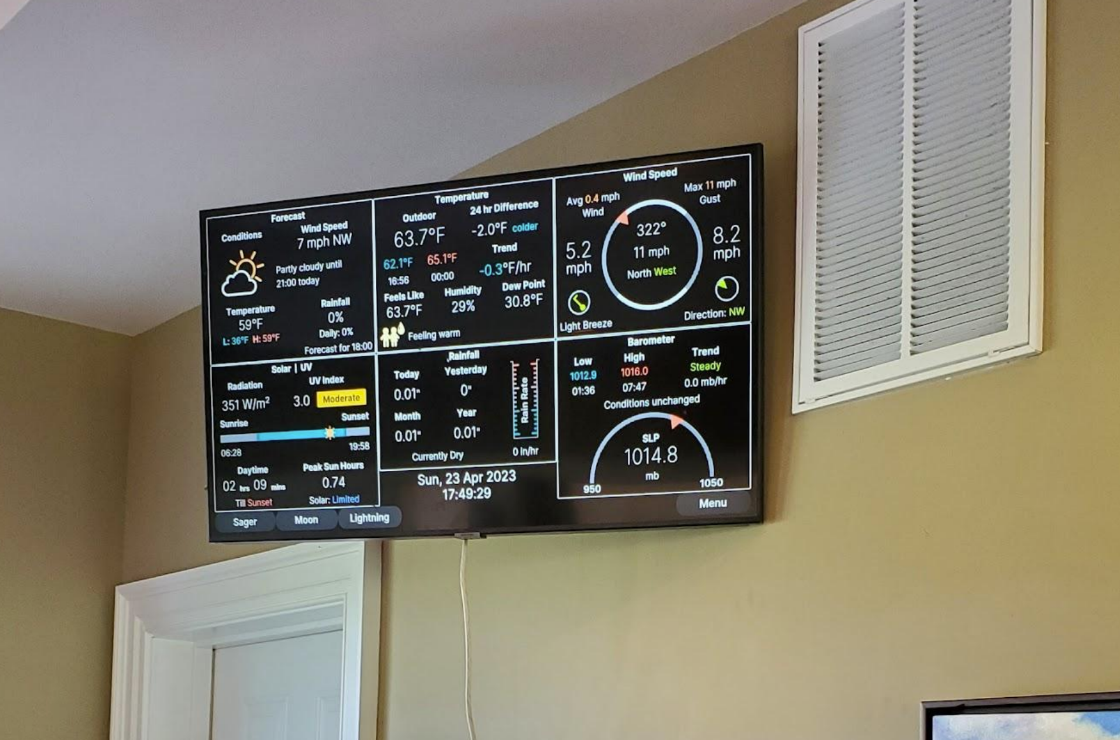Emerging technologies such as blockchain and connected devices have emerged as a transformative force within the realm of agritech, revolutionising the way we approach agriculture and food supply chains.
One company that is at the forefront in this regard is Smart Grow Agritech, which is using a combination of blockchain and IoT devices to help vineyards and wine farmers track important data and potentially save millions of dollars.
These IoT devices effectively act as mini ‘weather stations’ and collect real-time data for precise vineyard management decisions, says Alexander Mann (Founder and CEO of Smart Grow Agritech).
This data is subsequently stored on the BSV blockchain. The BSV blockchain acts as an immutable ledger and is capable of scaling to store vast amounts of data from these IoT devices – while still quickly surfacing important information to the end-user.
Mann noted that these stations are capable of collecting real-time data for precise vineyard management decisions, allowing for the optimisation of irrigation, canopy management, harvest timing and other important information.
A web dashboard provides seamless access to real-time data from anywhere, via phone, tablet, or computer. Users can easily monitor and analyse key environmental metrics, such as temperature, humidity, and precipitation, empowering them with up-to-the-minute insights into vineyard conditions.
‘The tagline is when you know better, you grow better. And it’s all about collecting data, promoting environmentally sustainable practices and really quantifying activity that’s being done in the field to better operations,’ Mann said.

Surfacing information for customers
While the IoT devices and dashboard give vineyards and winemakers the tools to make the best decision for their businesses, Mann said that he and his team are also surfacing some of this data for consumers so that they can also get an idea of what wine they are drinking and how it was made.
The installation of a digital dashboard in the tasting room enables wineries to display real-time Tempest weather station data, providing visitors with an immersive and informative experience.
The digital dashboard showcases key environmental metrics such as temperature, humidity, and precipitation, allowing customers to gain a deeper understanding of the vineyard conditions and their impact on wine quality.
‘These dashboards are important to the wineries for a number of reasons,’ said Mann. ‘They serve as a visual aid to spin up conversations during the tastings about the climates that grapes prefer to grow in. It shows that the winery is kind of modernistic and forward thinking and technology and investing in measuring things.
‘Quantification I think is big, especially in the craft wine community. People really care about what they’re drinking, what went into making the wine that they’re enjoying, and there’s little one-off details about exactly how much rain fell or what the average temperature was for the season. Being able to speak to the vintage and have that represented is really important.’
Mann said that he plans to further expand this further by including the data directly on the wine bottle itself.
‘The next idea that I had was what if we took the entire season’s dataset that this weather station had monitored out in the vineyard and created some sort of a template to generate a one or two-page PDF report that can be stored on the blockchain and accessed via a small QR code on the wine label itself.’

A real blockchain and IoT use case
Mann noted that he is still scaling up his business, there have already been instances where the technology has served time and money for customers. He gave a recent example where he installed a weather station at a winery in May – about a month and a half before the first bud breaks on the vine.
‘We were able to detect a ‘freeze event’ and that the temperature varied from the local weather. The local weather said it was a low-temperature forecast of 32. And Steve and Stephanie, the owners, were questioning whether they should spray the vines.’
Mann explained that the standard operating procedure for protecting your grapes from a light frost event is to spray liquid potassium because potassium has a freezing point that’s five degrees lower than that of water.
‘And so you are coating the vines with this insulator that can make or break the season for you. This happened to be one of those cases where as a wine owner, you make the decision to spend roughly $10,000 or so spraying potassium throughout your vineyard. Or do you just let nature take its course because you think you’re not going to freeze?’
Mann noted in this instance the winemakers decided to spray the crops, based on what the data was showing from the IoT devices, and there did happen to be an unexpected freeze event. If the farmer had not done this then expected losses would be close to 40%. However, spraying the grapes resulted in losses of less than 2% – tens of thousands of dollars saved.
Building on the BSV blockchain
Mann said that this technology would only be possible through the BSV blockchain. He noted that Smart Grow Agritech was dealing with vast amounts of data collected from these IoT devices and that the BSV blockchain is the only blockchain that is capable of scaling to meet these demands.
‘I just really love BSV for the low transaction fees, the scalability of it, and the energy efficiency. BSV has the lowest impact out of any chain that I’ve found. I think it does strike that balance between utility and efficiency and the ability to write data automatically to the chain.’
Mann also praised the BSV blockchain for its ability to have or access rich media. ‘I mean it’s amazing. I can send a PDF through a transaction, have it within a block on the chain, access it through what’s-on-chain, just press the decode button and then the PDF populates on my browser.’
